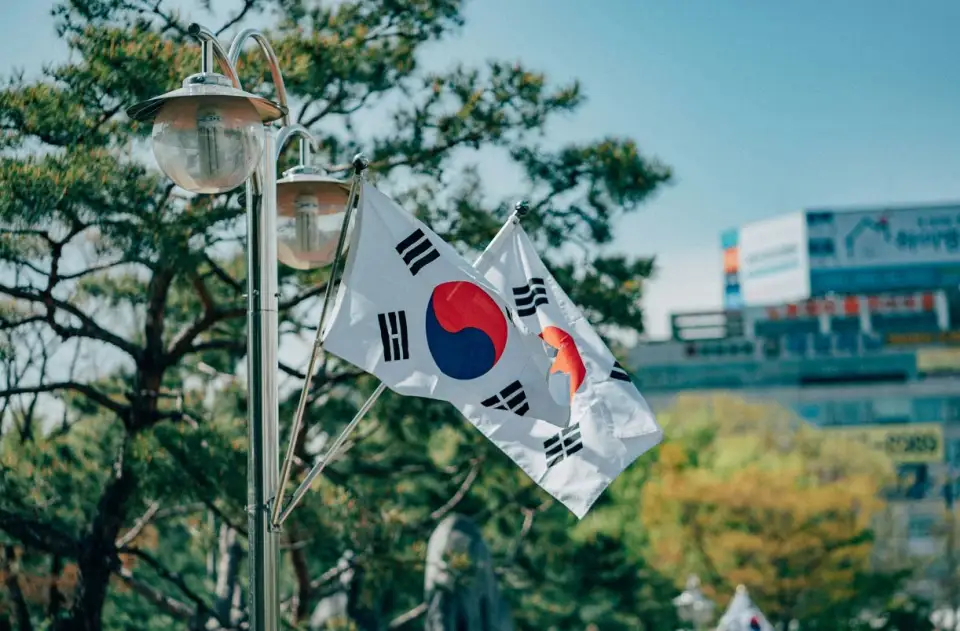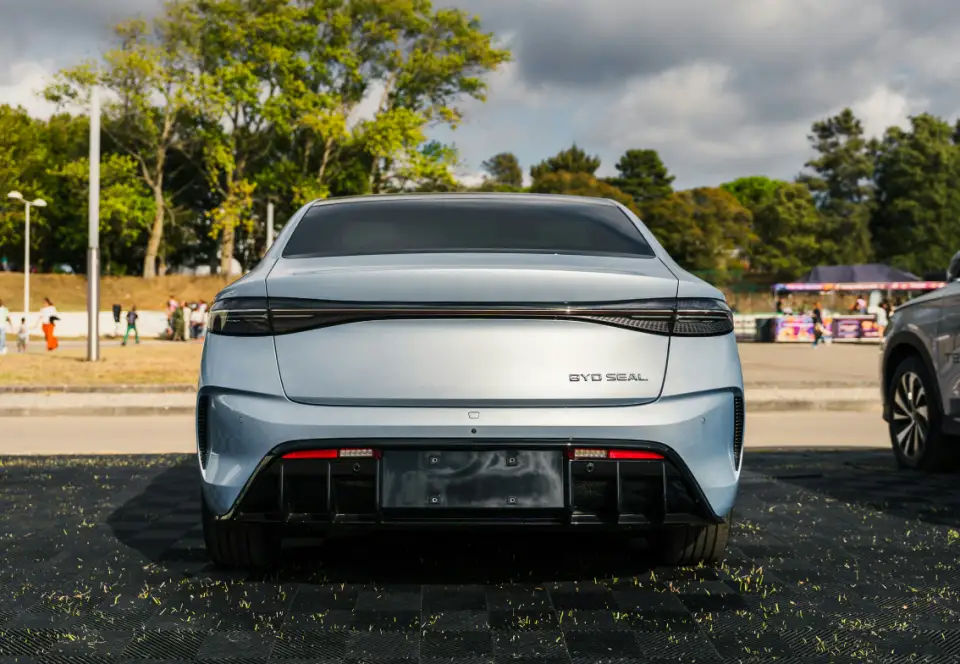At the end of 2024, another significant news emerged from the beauty industry: South Korean beauty giant Amorepacific announced that its brand Laneige would completely exit the offline channels in mainland China by December 31, 2024.
According to public data, Laneige was one of the first brands from Amorepacific to enter the Chinese market, opening its first counter in Shanghai in 2002. With popular products like the "Sleep Mask" and "BB Cushion," Laneige once held an important position in the mid-to-high-end skincare market. According to data from the China Department Store Association, in 2020, Laneige had as many as 408 counters in China.
However, the store closures do not mean Laneige is completely abandoning the Chinese market. Instead, it is shifting its focus to e-commerce while exploring new offline channels. Amorepacific explained to the media: "Laneige is optimizing and adjusting some offline channels and actively exploring new offline channels. The goal is to create a more diverse and integrated model that combines both online and offline to better align with market trends and meet consumer demands. At the same time, the brand is accelerating its digital transformation and expanding its presence on multiple e-commerce platforms: consolidating its influence and image on major platforms like Tmall and JD.com, while also exploring social commerce platforms like Douyin, Kuaishou, and WeChat Mall."
Laneige’s exit from offline retail is not an isolated case. Over the past few years, the beauty industry's channel landscape has been reversing, with online channels now replacing offline and becoming the dominant force in beauty retail.
As seen in the table above, many beauty brands choosing to withdraw from offline channels are from Japanese and Korean brands. Established brands like SK-II and Kose, which were among the first to enter China, are also part of this shift. Among them, brands like Shiseido's "Shiseido" and BY TERRY have completely exited the Chinese market, while SK-II and IPSA still maintain some offline stores and continue to adjust their offline channels. Brands like Sulwhasoo, OHUI, Kose, and Laneige have all shifted their focus to online channels.
According to the "2023 China Cosmetics Yearbook," the overall scale of the Chinese cosmetics industry reached 797.2 billion yuan in 2023, growing by 5.2%. Of this, the online channel market size was 404.59 billion yuan, accounting for over 50%, marking the first time it surpassed offline channels.
Finally, regarding the resources available for retail department stores to enter the offline market, fewer brands are willing to join.
A retail industry insider commented that, overall, fewer brands are entering offline department stores in 2024. Big groups like PUIG and LVMH have more activity, and in terms of categories, perfume is becoming more popular. In terms of price range, high-end products with a unit price over 1,000 yuan have better offline sales performance. Speaking about the topic of brand withdrawals in 2023, she remarked, "Some Japanese and Korean beauty giants no longer have such a strong presence in the high-end market."
In 2024, the total sales in the Douyin beauty market reached between 100 billion to 250 billion yuan, with a year-on-year growth of over 34%. Sales of skincare products grew by over 40%, while makeup and perfume sales increased by 39.42%.


